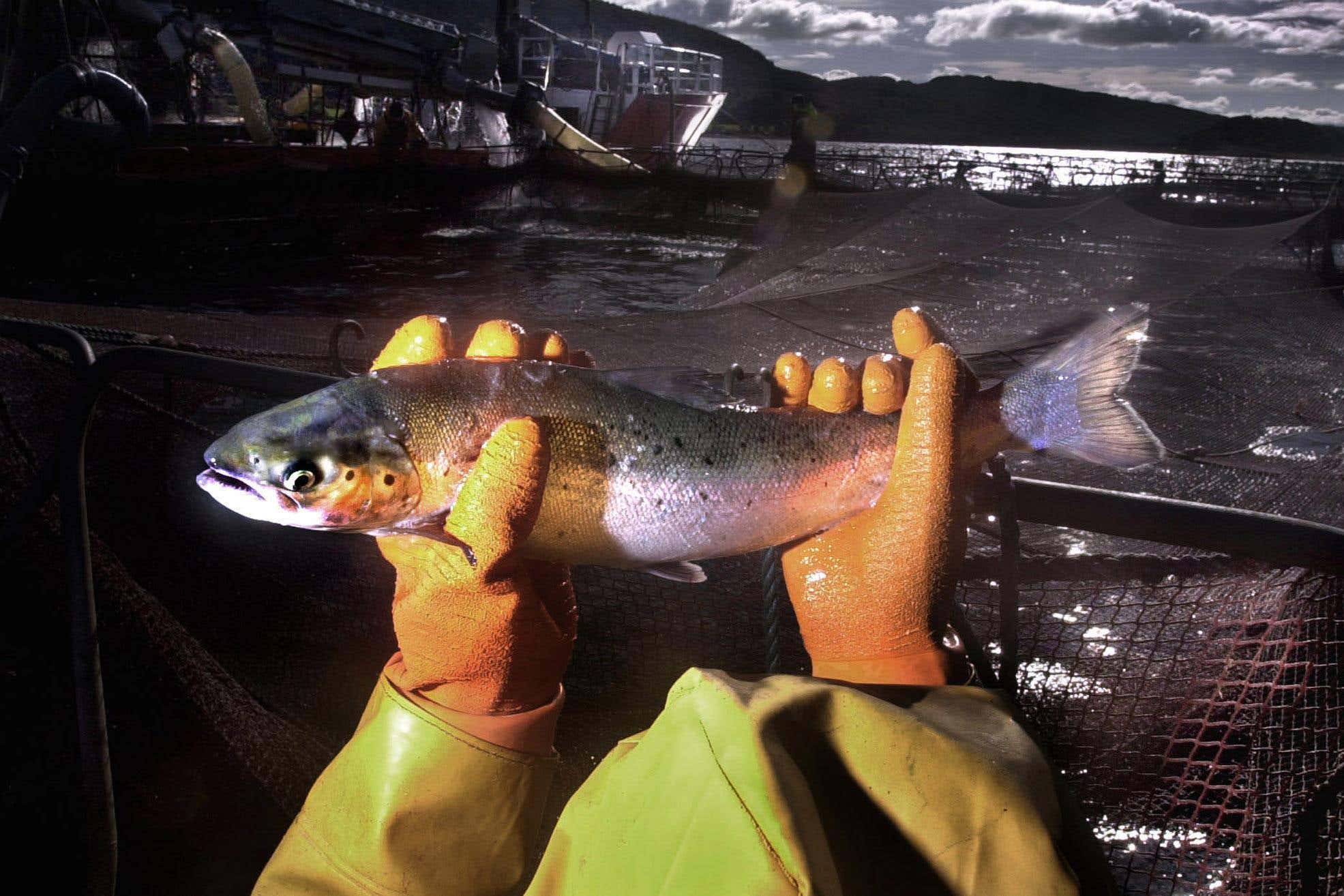Fish fed to farmed salmon should be part of our diet, study suggests
Directly eating more wild feed species could have health benefits, researchers suggest.
Your support helps us to tell the story
From reproductive rights to climate change to Big Tech, The Independent is on the ground when the story is developing. Whether it's investigating the financials of Elon Musk's pro-Trump PAC or producing our latest documentary, 'The A Word', which shines a light on the American women fighting for reproductive rights, we know how important it is to parse out the facts from the messaging.
At such a critical moment in US history, we need reporters on the ground. Your donation allows us to keep sending journalists to speak to both sides of the story.
The Independent is trusted by Americans across the entire political spectrum. And unlike many other quality news outlets, we choose not to lock Americans out of our reporting and analysis with paywalls. We believe quality journalism should be available to everyone, paid for by those who can afford it.
Your support makes all the difference.People should eat more wild fish – such as mackerel, anchovies and herring, which are often used to feed farmed salmon – in order to get essential nutrients, researchers say.
These oily fish contain nutrients including calcium, B12 and omega-3, but some get lost from our diets when just the salmon fillet is eaten.
Scientists found that farmed salmon production leads to an overall loss of essential dietary nutrients.
Directly eating more wild feed species could have health benefits, while reducing demand for finite marine resources.
Making a few small changes to our diet around the type of fish that we eat can go a long way to changing some of these deficiencies and increasing the health of both our population and planet
Researchers analysed the flow of nutrients from the edible species of wild fish used as feed, to the farmed salmon they were fed to.
They found a decrease in six out of nine nutrients in the salmon fillet – calcium, iodine, iron, omega-3, vitamin B12 and vitamin A, but increased levels of selenium and zinc.
According to the findings, most wild feed fish met dietary nutrient recommendations at smaller portion sizes than farmed Atlantic salmon, including omega-3 fatty acids which are known to reduce the risk of heart disease and stroke.
Lead author Dr David Willer, Zoology Department, University of Cambridge, said: “What we’re seeing is that most species of wild fish used as feed have a similar or greater density and range of micronutrients than farmed salmon fillets.

“Whilst still enjoying eating salmon and supporting sustainable growth in the sector, people should consider eating a greater and wider variety of wild fish species like sardines, mackerel and anchovies, to get more essential nutrients straight to their plate.”
In the UK vitamin D deficiency is common in the winter, and teenage girls and women often have deficiencies of iodine, selenium and iron.
Yet while 24% of adults ate salmon weekly, only 5.4% ate mackerel, 1% anchovies and just 0.4% herring, researchers found.
“Prioritising nutritious seafood for people can help improve both diets and ocean sustainability,” said senior author Dr James Robinson, Lancaster University.
The team of scientists from the University of Cambridge, Lancaster University, University of Stirling and the University of Aberdeen say this approach could help address global nutrient deficiencies.
Dr Willer added: “Making a few small changes to our diet around the type of fish that we eat can go a long way to changing some of these deficiencies and increasing the health of both our population and planet.”
The researchers found that eating one-third of current food-grade wild feed fish directly would be the most efficient way of maximising nutrients from the sea.
“Marine fisheries are important local and global food systems, but large catches are being diverted towards farm feeds,” they said.
The study, published in the journal Nature Food, calculated the balance of nutrients in edible portions of whole wild fish, used within pelleted salmon feed in Norway, compared to the farmed salmon fillets.
The wild fish studied included Pacific and Peruvian anchoveta, and Atlantic herring, mackerel, sprat and blue whiting – which are all marketed and consumed as seafood.
They found that these six feed species contained a greater, or similar, concentration of nutrients as the farmed salmon fillets. Quantities of calcium were over five times higher in wild feed fish fillets than salmon fillets, iodine was four times higher, and iron, omega-3, vitamin B12, and vitamin A were over 1.5 times higher.
Wild feed species and salmon had similar quantities of vitamin D.
Zinc and selenium were found to be higher in salmon than the wild feed species.
According to the researchers, these extra quantities are due to other salmon feed ingredients and are a real mark of progress in the salmon sector.
They would like to see a nutrient retention metric adopted by the fishing and aquaculture industries.
The research was funded by the Scottish Government’s Rural and Environmental Science and Analytical Services Division (RESAS), a Royal Society University Research Fellowship, a Leverhulme Trust Early Career Fellowship a Henslow Fellowship at Murray Edwards College and the University of Cambridge.
